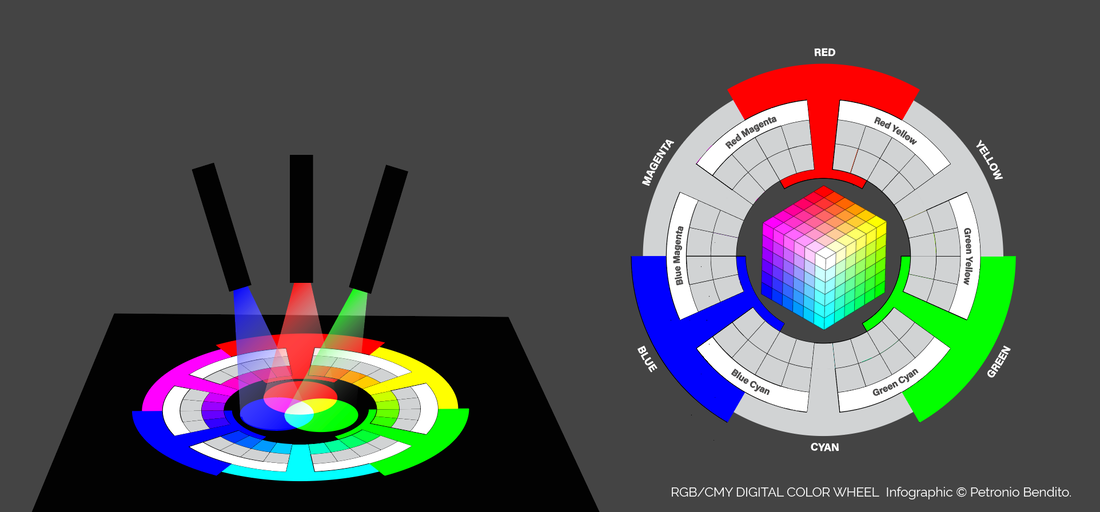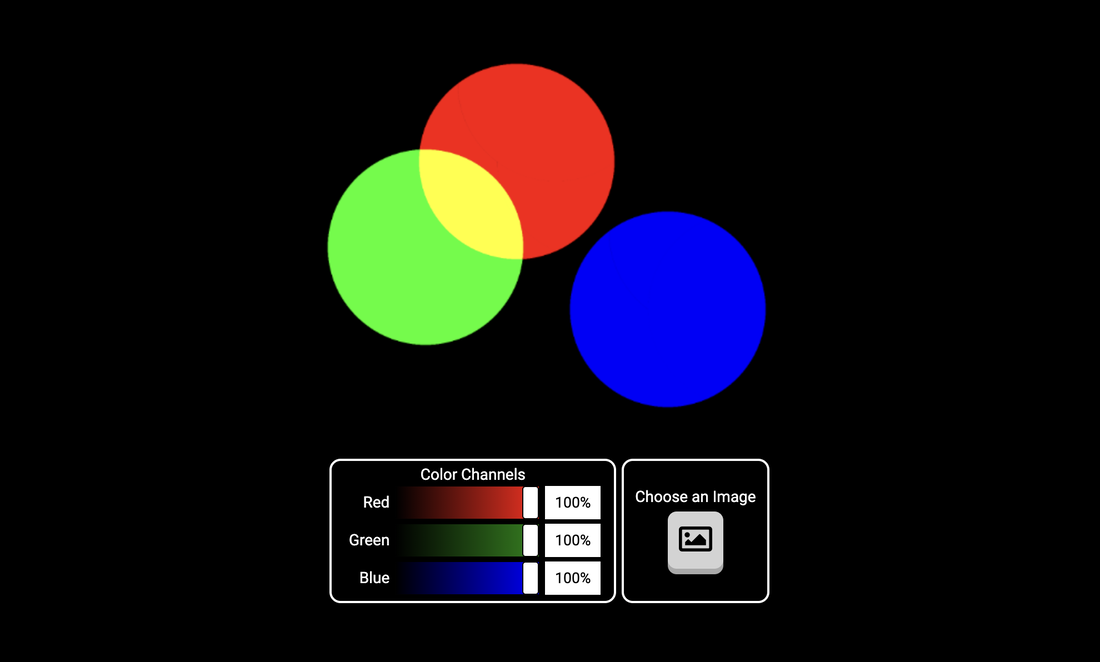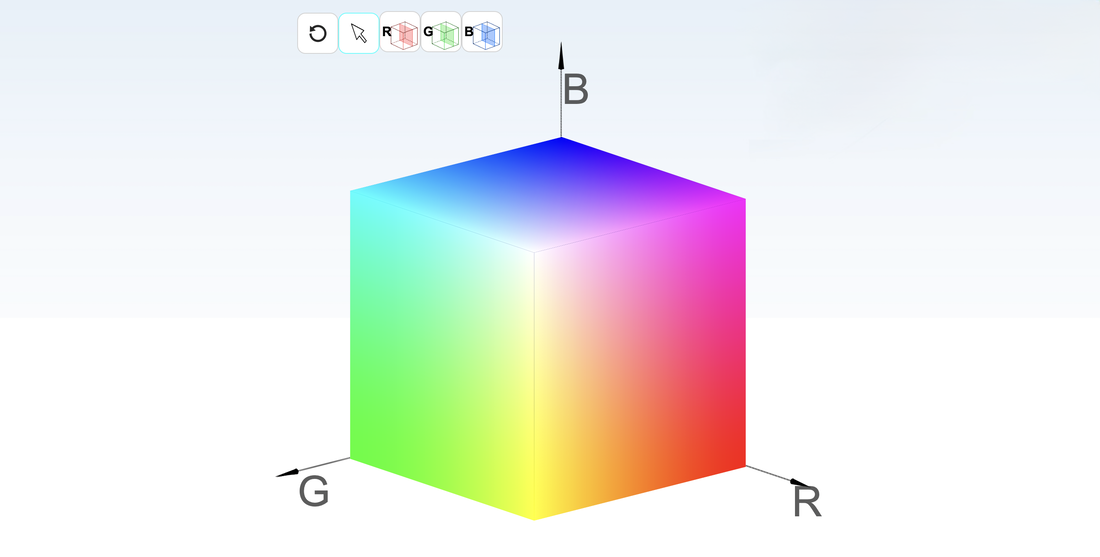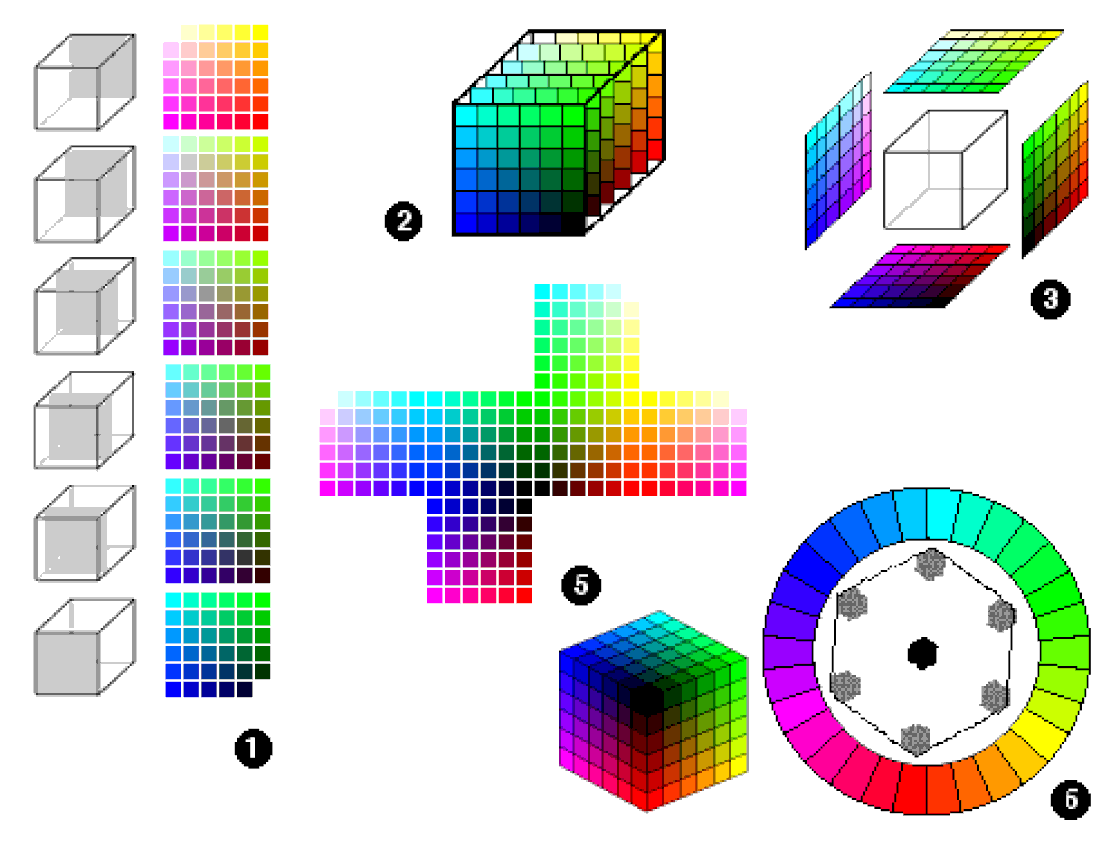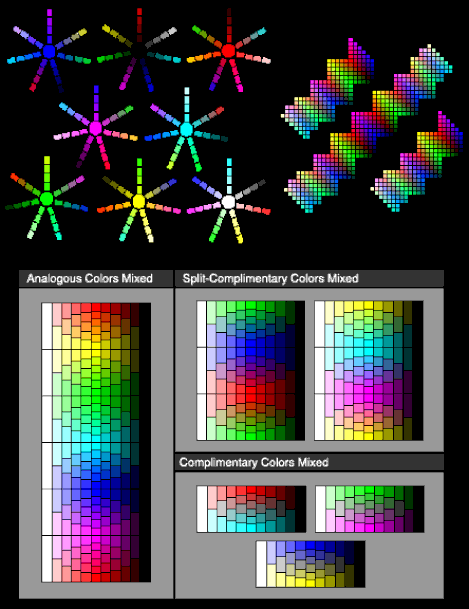RGB Color Model
Learning how to mix Red, Green, and Blue light sources to make colors is a fundamental digital color literacy concept. This applies not just to computer science, but also to the fields of art and design. The insights one gains from mixing red, green, and blue light sources are the cornerstones for understanding colors in the world we live in, mediated by digital technology. RGB colors are ubiquitous in our daily lives, from computer screens to digital art and LED light sources in our homes. You can use these resources to explore the connection between RGB color mixing and the RGB color model, the RGB color Cube. Have fun experimenting with the RGB color mixers to discover the different colors you can create!
Additive Color Mixing
PBS's RGB Color Mixing Simulation
In this simulation, users can adjust the intensity of red, green, and blue light sources to create new colors. They can also separate or overlap the red, green, and blue light spots to better study the effects of two primaries. A great feature of the tool is the ability to see how removing one or two of the primary colors affects the look of on-screen images. Click here to try it out.
In this simulation, users can adjust the intensity of red, green, and blue light sources to create new colors. They can also separate or overlap the red, green, and blue light spots to better study the effects of two primaries. A great feature of the tool is the ability to see how removing one or two of the primary colors affects the look of on-screen images. Click here to try it out.
Computer Science Field Guide's RGB Mixer
The Computer Science Field Guide provides online resources, such as videos and interactive online tools, to learn computer science topics. The website is geared towards high school students. However, the RGB color mixer can be used by anyone interested in learning how "colors happen" on their computer screens or emitted from their digital projectors. On computer screens, RGB intensity levels range from 0 to 255. This is important because it creates over 16 million color combinations. All of these colors are inside the RGB color cube, which is a model to represent colors created digitally. To stimulate your imagination and scientific thinking, the authors ask, "See what colours you can make with the RGB interactive. Can you make black, white, shades of grey, yellow, orange, and purple?." Click here to try it out.
The Computer Science Field Guide provides online resources, such as videos and interactive online tools, to learn computer science topics. The website is geared towards high school students. However, the RGB color mixer can be used by anyone interested in learning how "colors happen" on their computer screens or emitted from their digital projectors. On computer screens, RGB intensity levels range from 0 to 255. This is important because it creates over 16 million color combinations. All of these colors are inside the RGB color cube, which is a model to represent colors created digitally. To stimulate your imagination and scientific thinking, the authors ask, "See what colours you can make with the RGB interactive. Can you make black, white, shades of grey, yellow, orange, and purple?." Click here to try it out.
RGB Color Model
InfinityInsight provides an experimental interactive 3D color picker based on the RGB color model and explains that color “can be represented as an RGB (255 x 255 x 255 = 16,777,216 total colors) value (…) The result is a cube that is 255 colors long on each side and contains within it every possible 24-bit color.” Users can pick into the cube to demonstrate its contents, which is helpful for teaching. Click here to try it out.
InfinityInsight provides an experimental interactive 3D color picker based on the RGB color model and explains that color “can be represented as an RGB (255 x 255 x 255 = 16,777,216 total colors) value (…) The result is a cube that is 255 colors long on each side and contains within it every possible 24-bit color.” Users can pick into the cube to demonstrate its contents, which is helpful for teaching. Click here to try it out.
RGB Color Model
This hands-on activity introduces students to the RGB color cube. Students can familiarize themselves with the RGB Color Cube’s perceptual structure by examining each layer and how the perimeters form a digital color wheel. You can read more about this activity in the article "Digital Color Design with the RGB Color Cube: Visualization and Color Coordination Activities", published in the Journal of Design Communication, Spring 2000, volume 2.
|
RGB Color Cube Visualizations
Based on a standard color swatch palette, students generate color palettes derived from perceptual structures of the RGB Color Cube. Students are required to create a new color swatch configuration that organizes RGB colors in a way that makes sense to them and proposes new visual organization methods for computer-based colors. Activity 1: Six plates based on the color swatch palette Based on the standard color swatches palette, reconstruct six predetermined possible arrangements of the palette. Activity 2: "Slide tray" view of the RGB Cube Based on previous six possible arrangements of the color swatches palette, construct a slide tray view of the RGB Color Cube. Activity 3: Four predetermined side-views of the RGB cube Based on the slide tray view of the RGB Color Cube, create 4 predetermined side-views of the RGB Color Cube and an illustration of its exterior (3D representation). Activity 4: Problem-solving activity 1 Construct at least two color palettes based on the geometric structures of the RGB Color Cube. Activity 5: Planar view of the RGB cube Based on geometry principles, propose and produce a possible planar view of the RGB Color Cube. Activity 6: Construction of an additive color wheel Based on the RGB Color Cube, create an additive color wheel. Activity 7: Visual analysis of the RGB cube: Questionnaire This activity is based on several sub-activities that will guide you through the perceptual structure of the RGB Color Cube and its association with standard color schemes. Activity 8 - Problem-solving activity 2 Color Palette Generation: This activity asks students to propose new ways to visually organize the colors of the web color look-up table. Below are examples of color palettes created by students: |
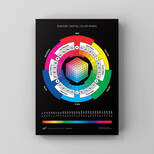 Poster
Poster
RGB/CMY Digital Color Wheel Study Guide and Poster
COMING SOON! For a detailed introduction to additive color mixing and teaching strategies in the context of art and design education, refer to the poster and the study guide that can only be obtained through Davis Publications, Inc.
CLICK HERE! for more information and to peek inside the book, including the Table of Content, Introduction, and Sample Chapter.
COMING SOON! For a detailed introduction to additive color mixing and teaching strategies in the context of art and design education, refer to the poster and the study guide that can only be obtained through Davis Publications, Inc.
CLICK HERE! for more information and to peek inside the book, including the Table of Content, Introduction, and Sample Chapter.
